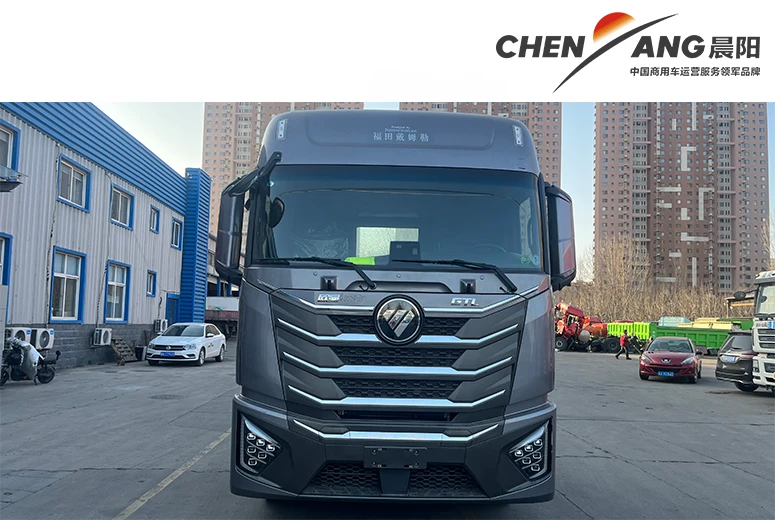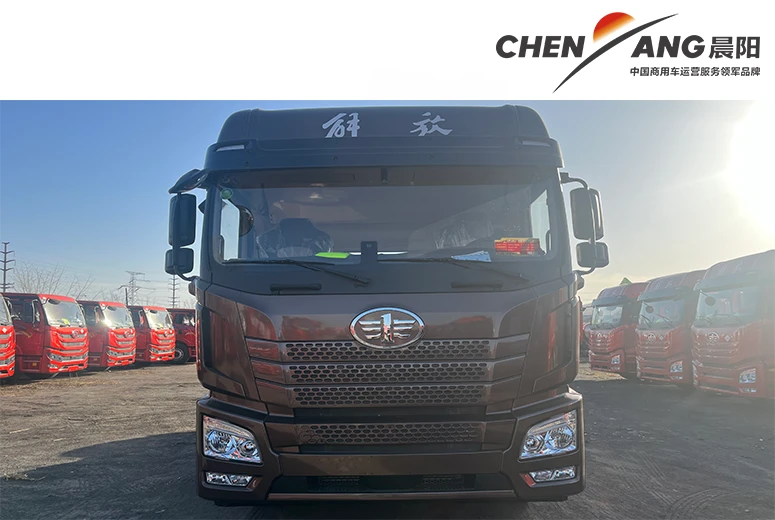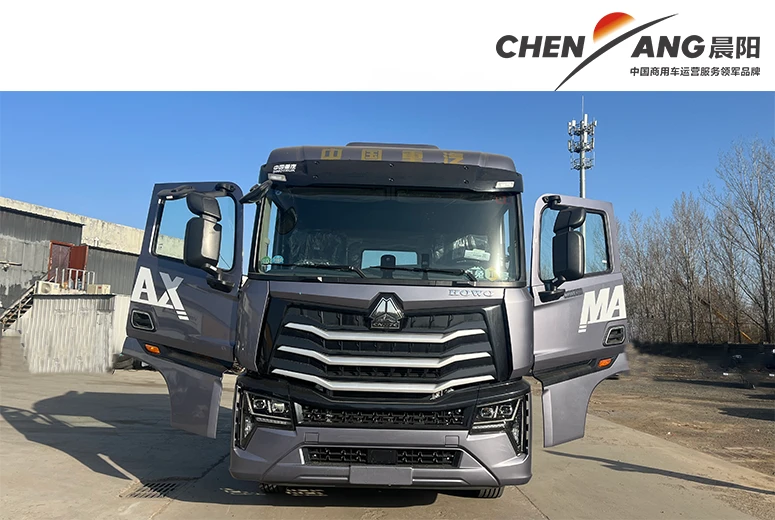New Heavy Duty Truck
When selecting a heavy-duty truck, consider payload capacity and towing requirements first. Heavy-duty trucks are classified by their gross vehicle weight rating (GVWR), which impacts how much they can carry and tow. Choose a truck with a GVWR that matches the weight of the loads you’ll be hauling. This is essential for long-term performance, as an overloaded truck can suffer wear faster and increase fuel consumption.
Next, evaluate the engine power and fuel efficiency. Diesel engines are popular for heavy-duty trucks due to their torque and fuel economy, which are vital for hauling heavy loads. Compare horsepower and torque ratings to ensure the truck meets the power demands of your routes and loads, and consider fuel efficiency since diesel costs can add up quickly.
Transmission and drivetrain options are also crucial. Automatic transmissions are easier to operate and may reduce driver fatigue, while manual transmissions offer more control for experienced drivers. For off-road or challenging terrains, a 4x4 drivetrain provides added traction.
Lastly, consider comfort and technology features. Long-haul drivers spend many hours in their trucks, so ergonomic seats, advanced navigation systems, and safety features like adaptive cruise control, lane departure warnings, and blind-spot monitoring can make a significant difference in safety and comfort.
By matching these specifications to your needs, you can find a heavy-duty truck that is reliable, efficient, and comfortable for demanding jobs.
What Are The Key Benefits Of Investing In A New Heavy-Duty Truck Over A Used One?
Investing in a new heavy-duty truck provides several advantages, especially in terms of reliability, warranty, and technology. New trucks come with factory warranties that cover repairs for the initial years or miles, providing peace of mind and potentially saving on costly repairs. For businesses, this reliability reduces unexpected downtime, which can be financially beneficial.
New heavy-duty trucks also feature the latest fuel-efficient engines and emissions technology. Recent models are designed to meet stricter environmental standards, which means they’re more fuel-efficient and produce lower emissions, reducing operating costs over the truck’s lifespan and complying with environmental regulations.
Another benefit is the availability of advanced safety and convenience features. Modern heavy-duty trucks often come equipped with driver-assistance systems, such as collision warnings, adaptive cruise control, and lane-keeping assist, which help prevent accidents and reduce driver fatigue. These features improve safety and can even reduce insurance premiums.
Additionally, with a new truck, you can customize specifications to fit your unique requirements, whether it’s a specific engine type, transmission, cab size, or interior amenities. Customization ensures the truck is tailored to your work, enhancing comfort, efficiency, and productivity.
While new trucks have a higher upfront cost, their reliability, efficiency, and advanced features make them a worthwhile long-term investment, particularly for businesses that rely on consistent, heavy-duty use.
How Often Should A Heavy-Duty Truck Undergo Maintenance, And What Are The Essential Maintenance Tasks?
A heavy-duty truck should undergo regular maintenance to ensure reliability and longevity. Oil and filter changes are among the most critical tasks, typically required every 15,000 to 25,000 miles, depending on the manufacturer’s recommendations and the operating conditions. Clean oil and filters are essential to keep the engine running smoothly, especially in trucks used for heavy hauling.
Brake inspections should also be frequent. Given the high weight these trucks carry, the brake system endures significant stress, so checking brake pads, rotors, and fluid regularly helps maintain stopping power and ensures safety.
Tire maintenance is crucial as well. Regularly check tire pressure and tread depth to ensure safe handling and fuel efficiency. Tire rotation and alignment checks every 10,000 to 15,000 miles can prevent uneven wear and extend tire life.
Inspecting and maintaining coolant, transmission fluid, and differential fluid are also important. These fluids protect the truck’s critical systems from overheating and ensure smooth operation, especially under heavy loads.
Finally, ensure suspension and steering systems are checked regularly, especially if the truck operates on rough terrains. Preventive maintenance, often outlined in the owner’s manual, helps avoid costly repairs, minimizes downtime, and extends the truck’s life, making it an essential practice for any heavy-duty truck owner.





















